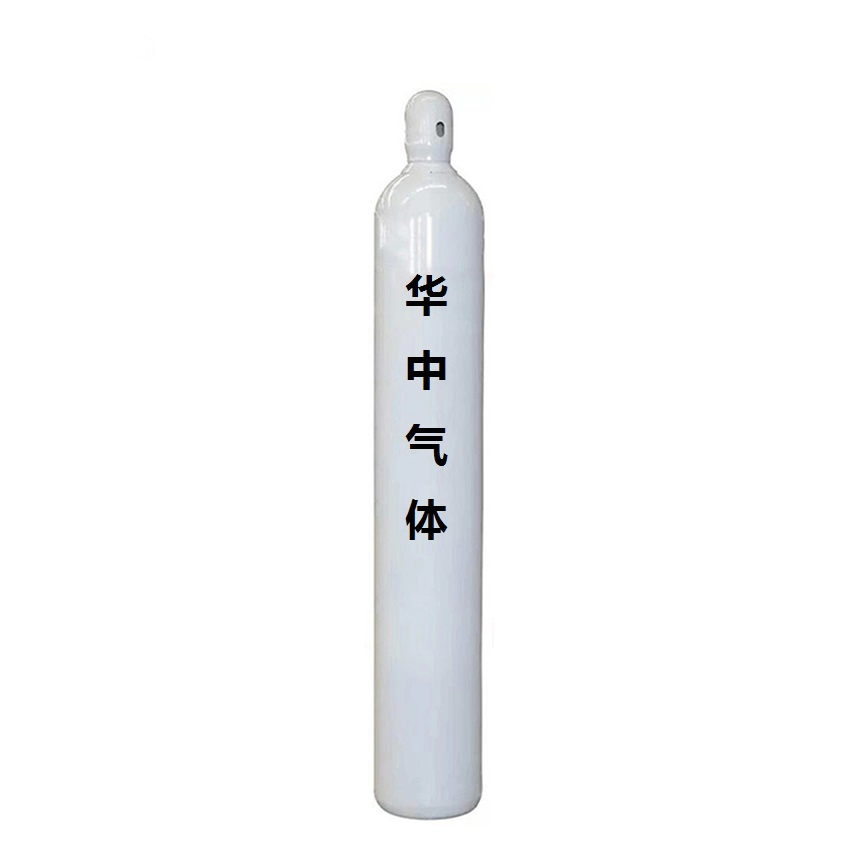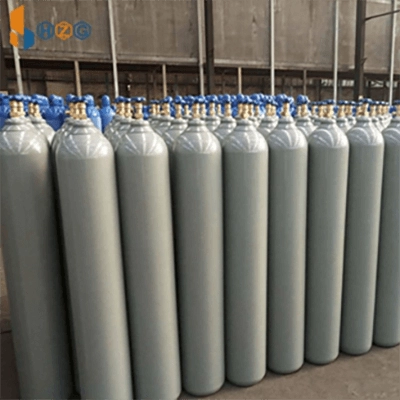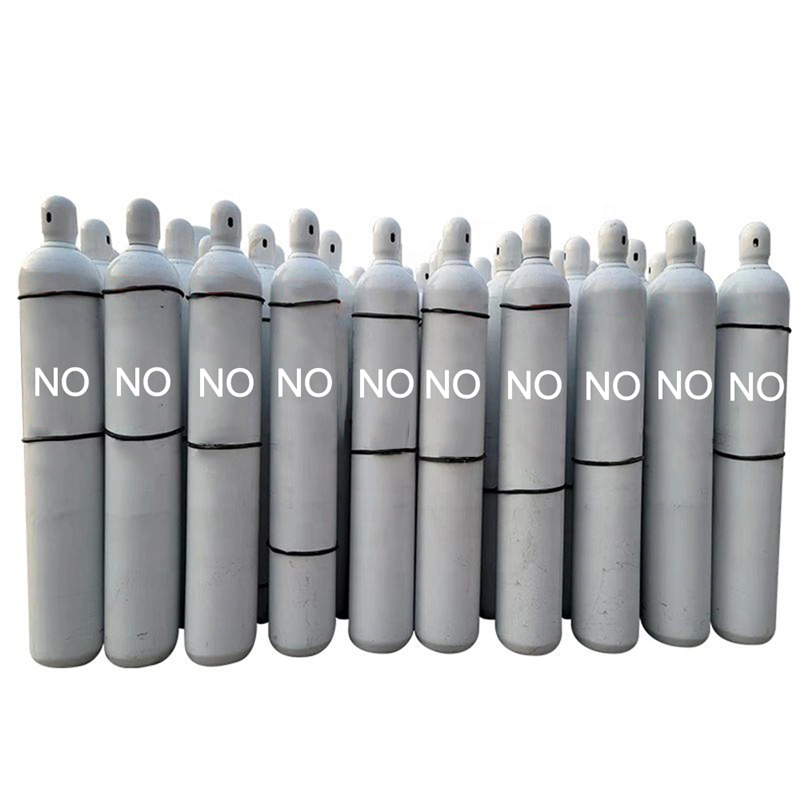Navigating the Expanding World of Electronic Specialty Gases: A Comprehensive Market Overview
The specialty gas market, and particularly the electronic specialty gas segment, is experiencing rapid growth and change. This article provides a detailed overview of the market, key trends, challenges, and opportunities, making it essential reading for anyone involved in the chemical, manufacturing, medical, or research sectors. Understanding these dynamics is crucial for making informed purchasing and investment decisions in this evolving industry. As a factory owner with 7 production lines, exporting to major markets like the USA, North America, Europe, and Australia. I, Allen, will guide you.
What is Driving the Growth of the Specialty Gas Market?
The specialty gas market is expanding rapidly, fueled by several key factors. Primarily, the increasing demand for advanced electronic devices across various industries is a major driver. Specialty gases are essential components in the manufacturing of semiconductors, flat panel displays, and other high-tech products. As technology advances, the need for higher purity and more specialized gases increases, directly impacting market growth.

Another significant factor is the expansion of the healthcare industry. Specialty gases, like medical-grade oxygen and nitrous oxide, play a critical role in various medical procedures and therapies. As healthcare infrastructure develops globally, the demand for specialty gases in this sector will continue to rise. From my experience, exporting to countries like the USA, I've seen firsthand the stringent quality requirements and the consistent need for reliable supply chains in this industry.
Electronic Specialty Gases Market Size: How Big is the Market?
Determining the exact electronic specialty gas market size requires analyzing comprehensive market research reports. However, it's clear that the market is substantial and growing. Reports often segment the market by type (e.g., high-purity gases, mixtures), application (e.g., semiconductor manufacturing, LED production), and region. The increasing production of electronics components in developing countries significantly contributes to the expansion of the specialty gas market size.
For instance, the nitrogen trifluoride market segment, a vital electronic specialty gas, has shown considerable growth due to its use in semiconductor etching and cleaning processes. Market analyses project continued expansion, driven by the proliferation of consumer electronics and the growth of the semiconductor industry. *Data bridge market research* analyses that the global electronic specialty gas market is expected to show considerable growth in the near future.
What are the Key Applications of Electronic Specialty Gases?
Electronic specialty gases are used in a wide variety of applications. Their use includes:
- Semiconductor Manufacturing: This is perhaps the largest application area. Gases like silane, phosphine, diborane, and various electronic fluorocarbons are crucial for processes like etching, doping, and chemical vapor deposition (CVD).
- Display Manufacturing: Gases are used in the production of LCD and OLED displays, crucial for creating the thin film layers that make up these screens.
- Photovoltaic Cell Production: The manufacturing of solar cells relies on specialty gases for various stages of the process, similar to semiconductor manufacturing.
- LED Manufacturing: Electronic specialty gases, such as ammonia and nitrogen, are essential in the production of light-emitting diodes (LEDs).
The specific gas used depends highly on the exact process and the desired outcome. My factory, for example, focuses on producing high-purity gases tailored to the stringent requirements of these applications, ensuring optimal performance and reliability for our clients, many of whom are company owners and procurement officers like Mark Shen from the USA.
What are the Challenges in the Electronic Specialty Gas Market?
Despite the positive outlook, the electronic specialty gases market faces several challenges. One major concern is the environmental impact of some of these gases. Many electronic specialty gases are potent greenhouse gases, leading to increased scrutiny and regulations. This pushes manufacturers to develop more environmentally friendly alternatives and invest in research and development.
Another challenge is maintaining consistent quality and purity. As I, Allen, know from running a gas production facility, even slight variations in gas composition can significantly impact the performance of electronic components. Rigorous quality control measures and adherence to international standards are crucial. For purchasers like Mark, who prioritize quality, understanding these challenges and verifying supplier certifications are critical.
How Do Supply Chain Dynamics Affect the Specialty Gas Market?
Supply chain management is a critical aspect of the specialty gas market. Because these gases are often produced in specialized facilities and require careful handling and transportation, ensuring a reliable supply chain is essential. Disruptions, whether due to geopolitical instability, logistical challenges, or unexpected demand surges, can significantly impact the market.
Many companies, like my own, are investing in diversifying their supply chains and building stronger relationships with logistics providers. This helps mitigate risks and ensure a steady supply of specialty gases to customers, even in challenging circumstances. This is particularly important for our main export countries: the USA, North America, Europe, and Australia. We prioritize clear communication and proactive problem-solving to avoid shipment delays and maintain production schedules for our clients.

What Role Does Purity Play in Specialty Gases?
Purity is paramount in the specialty gas market, especially within the industrial electronic specialty gases market. Even trace amounts of impurities can negatively affect the performance and reliability of electronic devices. For example, in semiconductor manufacturing, contaminants can lead to defects in the microchips, rendering them unusable.
Therefore, specialty gas suppliers invest heavily in purification technologies and quality control processes. Different applications require different purity levels, often expressed in terms of "nines" (e.g., 99.999% purity, often referred to as "five nines"). Achieving and maintaining these high purity levels requires sophisticated equipment and expertise, a cornerstone of our operations at our factory.
What are the Key Trends Shaping the Future of the Specialty Gas Market?
Several key trends are influencing the future direction of the specialty gas market:
- Miniaturization: As electronic devices become smaller and more complex, the demand for higher purity gases and more precise gas mixtures increases.
- Sustainability: There's a growing emphasis on developing environmentally friendly specialty gases and reducing the carbon footprint of gas production and transportation.
- New Materials: The development of new materials in electronics, such as graphene and other 2D materials, is creating a need for new specialty gases tailored to these materials' unique properties.
- Industry 4.0: The increasing automation and digitalization of manufacturing processes are driving the demand for more sophisticated gas monitoring and control systems.
These trends present both challenges and opportunities for market players. Companies that can adapt to these changes and innovate will be best positioned for success. My company actively participates in exhibitions to stay updated on the latest advancements and connect with potential customers.
How Can Buyers Navigate the Complexities of the Specialty Gas Market?
For buyers like Mark Shen, navigating the specialty gas market can be daunting. Here are some key considerations:
- Identify Your Needs: Clearly define the specific gas requirements for your application, including purity levels, mixture ratios, and packaging options.
- Supplier Selection: Choose a reputable supplier with a proven track record of quality and reliability. Check their certifications and ask for references.
- Quality Control: Understand the supplier's quality control processes and ensure they meet your requirements. Request certificates of analysis (COAs) for each batch of gas.
- Supply Chain Security: Assess the supplier's supply chain capabilities and their ability to deliver the gas on time and in the required quantities.
- Cost Considerations: While price is important, it shouldn't be the only factor. Consider the total cost of ownership, including the potential costs of using lower-quality gas.
- Communication: Open and efficient communication is essential. Ensure the supplier is responsive and provides clear and timely information.
By carefully considering these factors, buyers can make informed decisions and minimize the risks associated with purchasing specialty gases. Building a strong, long-term relationship with a trusted supplier, like our factory, can be invaluable.

What are the Regulations Governing the Specialty Gas Market?
The specialty gas market is subject to various regulations, which vary by country and region. These regulations cover aspects such as gas production, handling, transportation, and environmental impact. Compliance with these regulations is essential for both suppliers and buyers.
Key regulations to be aware of include:
- Environmental Regulations: These regulations aim to limit the emissions of greenhouse gases and other harmful substances.
- Safety Regulations: These regulations cover the safe handling and transportation of compressed gases and hazardous materials.
- Industry Standards: Various industry standards, such as those set by SEMI (Semiconductor Equipment and Materials International), define purity levels and quality control procedures for specialty gases used in the electronics industry.
Staying informed about these regulations and ensuring compliance is crucial for operating ethically and legally in the specialty gas market. At our factory, we strictly adhere to all relevant regulations and maintain the necessary certifications to ensure the safety and quality of our products.
The Future of the Electronic Specialty Gas Market: What to Expect
The market is expected to continue its growth trajectory, driven by the ever-increasing demand for electronic devices and the expansion of industries that rely on specialty gases. The market is poised for substantial expansion. Innovations in gas production technologies, the development of new materials, and the increasing focus on sustainability will shape the future of the market. Market analysis shows exciting times.
Companies that can adapt to these changes, invest in research and development, and prioritize customer needs will be well-positioned to succeed. As a factory owner, I am committed to continuous improvement and innovation to meet the evolving demands of the specialty gas market and provide our customers with the highest quality products and services. This includes offering a wide range of specialty gases, including various cylinders and mixtures, to meet diverse application needs.
Summary: Key Takeaways for the Specialty Gas Market
Here's a summary of the crucial things, buyer like Mark Shen, should remember.
- The specialty gas market, particularly the electronic specialty gas segment, is experiencing significant growth.
- Demand is driven by the increasing use of electronic devices and the expansion of industries like healthcare and semiconductors.
- Purity is paramount, and suppliers must adhere to stringent quality control measures.
- Supply chain reliability is critical, and buyers should carefully assess suppliers' capabilities.
- Regulations governing the market are complex and vary by region.
- Innovation and sustainability are key trends shaping the future of the market.
- Open communication and strong relationships with suppliers are essential for buyers.
- Choose reputable supplier.



